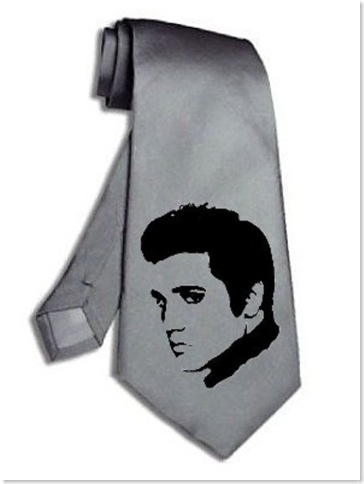Neckties have a long history, evolving from a little cloth worn around the neck as part of a uniform to the standard tie today.
It all began in the Thirty Year War (1618-1648). Croatian mercenaries from the Military Frontier in French Service wore cloth that was tied around their necks. This was interesting to the Parisians, and led to the word "Cravat".
It became a fashion craze in Europe, with both men and women wearing varying fabrics tied around their necks in very differing ways.
During the Battle of Steenkerque, the princes, trying to hurriedly get to the battle, would wound the cloth around the neck and do a simple knot. This led to variation after variation, including stocks, solitaires and neckcloths.
Eventually, whole books were published on the different ways to tie them.
From there, people began to change them into bandannas and scarves; they were pretty serious about wearing fabric on their necks those days.
When the 1900s began, people wanted something that was easy to put on, comfortable and would last a whole work day, and that's were the necktie we know today was born.
They were usually worn pretty short, since trousers would reach up to the belly button area. But as clothes changed, so did the ties. They got longer and longer to the size today.
There were, and still are, many, many different designs. Originally stripes, from the left to the right, were worn, then they striped from the right to left and then who knows from there.
Women usually wore scarves or small clothes resembling a bandanna, but never wore the necktie. Nowadays females wear them as a fashion statement, as part of a uniform or for school, work, etc.
So all in all, neckties didn't really change anything in history, but they sure were sweet.

*click*
Author's Note: Sources: http://en.wikipedia.org/wiki/Necktie
http://www.buzzle.com/editorials/6-1-2006-97959.asp
http://www.time.com/time/magazine/article/0,9171,1813960,00.html